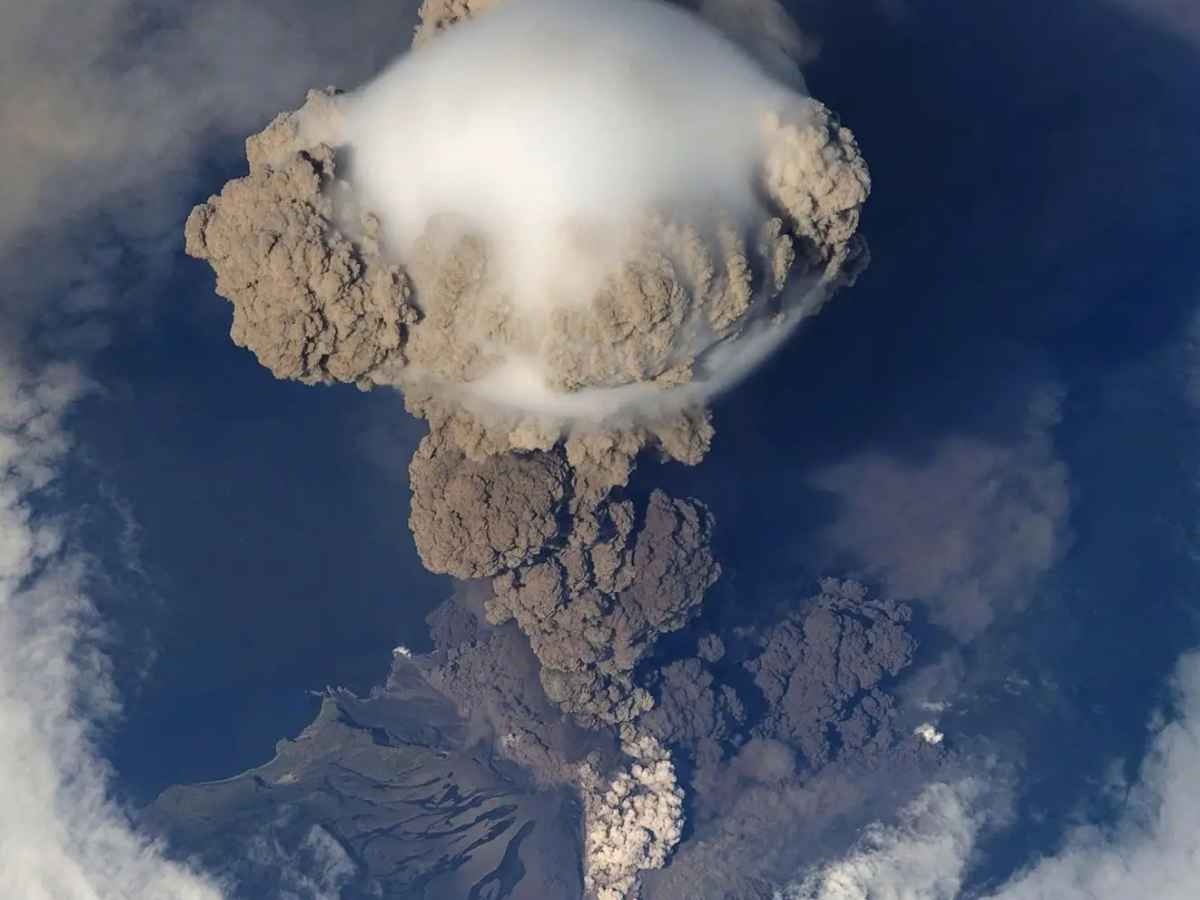Beneath an ancient volcanic crater in the American West, researchers have identified a colossal lithium reserve that could shake up global energy markets. This newfound deposit, potentially valued at 413 billion euros, has already sparked debate among industry experts, local communities, and environmental advocates.
In recent findings published by a team of geologists, the McDermitt Caldera—formed over 16 million years ago—appears to contain exceptionally high lithium concentrations within its clay-rich layers. Those involved in renewable technologies are watching closely, as this mineral fuels the batteries powering electric vehicles and other clean-energy innovations.
Could this unexpected American supervolcano deposit reshape the entire renewable energy industry worldwide?
Initial estimates suggest that the deposit might rival, or even surpass, renowned lithium fields in Bolivia and other global hotspots. If fully developed, the resource could reduce the United States’ reliance on foreign lithium, potentially driving down costs for electric vehicle manufacturing.
Yet the venture is far from simple. Drilling in such a geologically complex zone demands advanced extraction techniques, and environmental concerns loom over water usage and possible contamination. Below is a quick overview of key data about this discovery:
| Parameter | Value |
|---|---|
| Estimated lithium reserve | 20–40 million metric tons (potentially) |
| Potential value | €413 billion |
| Geographical location | Nevada-Oregon border |
| Geological formation | Clay deposits in McDermitt Caldera |
The table highlights the enormous scale of this find. Do you think it’s straightforward to mine lithium from an active geological environment? The short answer is no. Extracting clay-bound lithium requires careful chemical processing and thorough oversight to minimize damage to ecosystems.
Why experts believe this 413-billion-euro lithium discovery could shift global energy competition
Many analysts suggest that reliable, homegrown lithium sources are vital for national security and economic stability. Demand for batteries is soaring due to the rise in electric cars and renewable energy storage systems. With this deposit, the US could reinforce its position in the clean-tech race, challenging nations like China that currently dominate battery supply chains.
Not everyone is on board. Indigenous communities and environmental groups worry about potential harm to sacred sites, wildlife habitats, and water resources. Mining activities can strain local aquifers and leave behind toxic byproducts. Hompanies operating on federally managed lands must comply with regulations or face penalties.
As excitement grows over the economic potential of the McDermitt Caldera, stakeholders grapple with balancing profit, progress, and preservation. While this discovery could propel the US into a new era of battery production, careful planning will be crucial to protect local ecosystems and communities. Industry insiders say the world will be watching how America steers this geological windfall toward a sustainable future.

